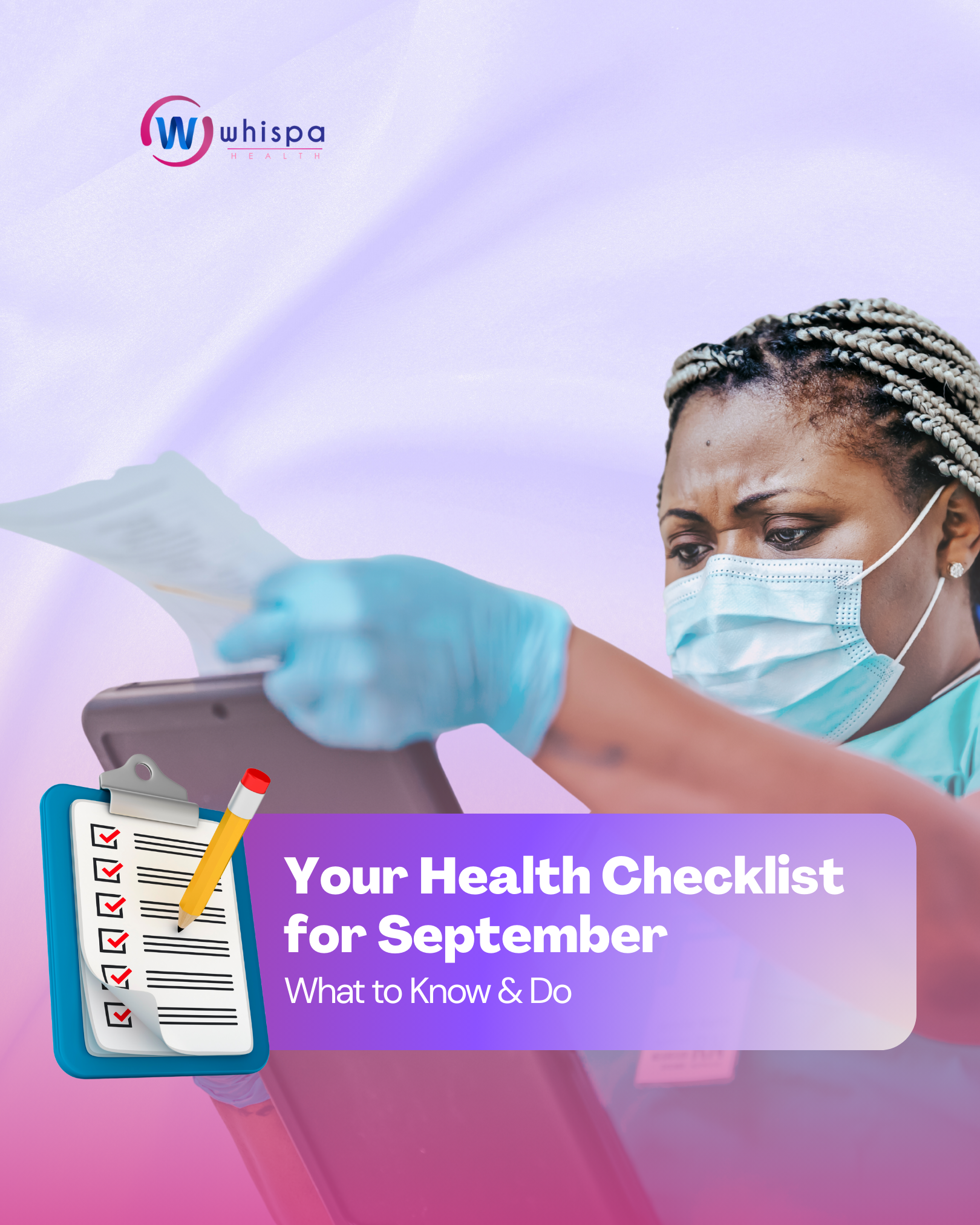Sexual health is a vital aspect of overall well-being, yet it’s often surrounded by STI myths and misconceptions. Here, we debunk some of the most common myths with expert insights.
Myth: Condoms are 100% effective against STIs.
Fact: While condoms greatly reduce the risk, they are not 100% effective. It’s important to combine safe sex practices for better protection.
Myth: You can’t get an STI from oral sex.
Fact: Many STIs can be transmitted through oral sex, including herpes, gonorrhea, and HPV.
Myth: Only promiscuous people get STI.
Fact: STIs can affect anyone who is sexually active, regardless of their number of partners.
Myth: You can tell if someone has an STI.
Fact: Many STIs do not show symptoms, so regular testing is crucial even if someone looks and feels healthy.
Myth: Birth control pills protect against STI.
Fact: Birth control pills do not protect against STIs. Only barrier methods like condoms can help prevent STI transmission.
Myth: You can’t get pregnant during your period.
Fact: While less likely, it is still possible to get pregnant during your period.
Myth: If both partners are STI-free, you don’t need protection.
Fact: Protection is still important to prevent other infections and for peace of mind.
Myth: Douching prevents pregnancy and STIs.
Fact: Douching does not prevent pregnancy or STIs and can actually increase the risk of infections.
Myth: You don’t need to get tested if you don’t have symptoms.
Fact: Regular testing is important because many STIs can be asymptomatic.
Myth: Once treated, STIs can’t come back.
Fact: Some STIs can reoccur or be contracted again if exposed.
Understanding these myths and the facts can help you make informed decisions about your sexual health. Stay informed and always consult healthcare professionals for accurate advice.
Explore more articles on the Whispa Health blog and follow us on Instagram for the latest tips and updates on maintaining a healthy sexual lifestyle.




